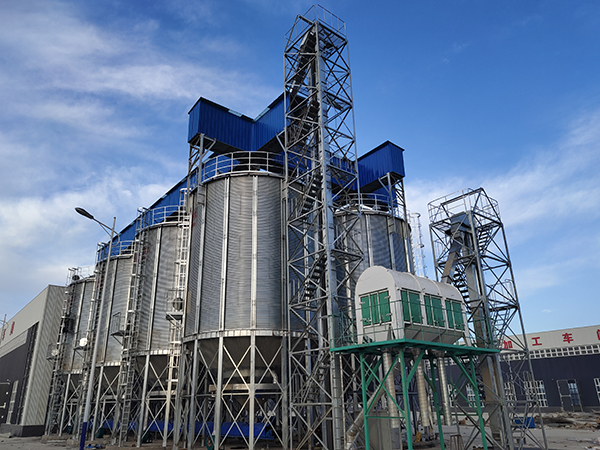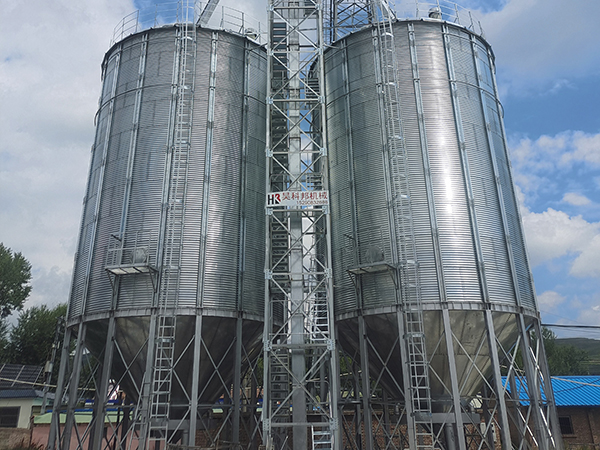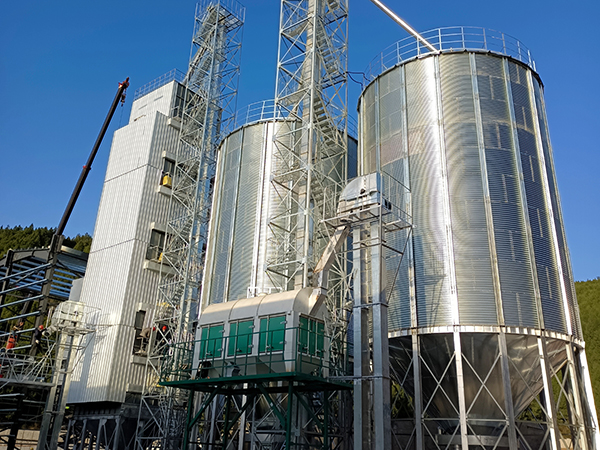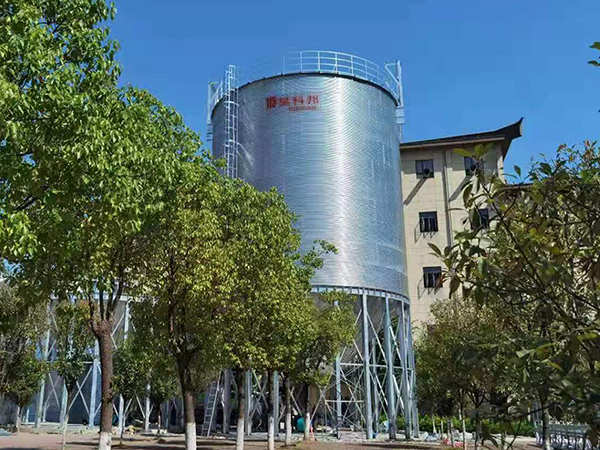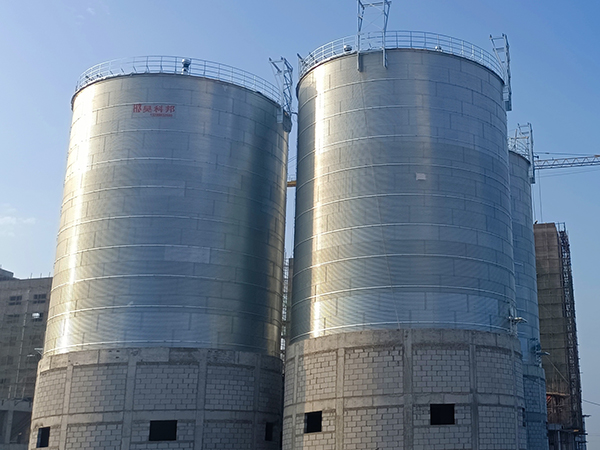Exploring Flat Grain Silo Prices: Market Dynamics and Grain Supply
Grain is one of the essential basic needs of human life, and the stability or fluctuations in flat grain silo prices directly affect the global grain market’s supply and price levels. This article will delve into the mechanisms behind flat grain silo price formation, influencing factors, and its significance in the grain market.
- Barley grain bin company in Tanzania
- rice grain bin factory in Rwanda
- Paddy grain bin supplier in Guinea
- Wheat Cone-Bottom Silo Franchise in Thailand
- Wheat cone bottom silo procurement in Thailand
- Wholesale Wheat Cone-Bottom Silo in Malaysia
- Manufacturers of Wheat Cone-Bottom Silo in Malaysia
- Wheat Cone-Bottomed Silo Suppliers in Uganda
- Cone-Bottom Wheat Silo Sales in Uganda
- Wheat cone bottom silo price in Uganda
- Soybean meal grain bin sale in Guinea
- Corn grain bin price in Libya
Introduction:
Grain is one of the essential basic needs of human life, and the stability or fluctuations in flat grain silo prices directly affect the global grain market’s supply and price levels. This article will delve into the mechanisms behind flat grain silo price formation, influencing factors, and its significance in the grain market.
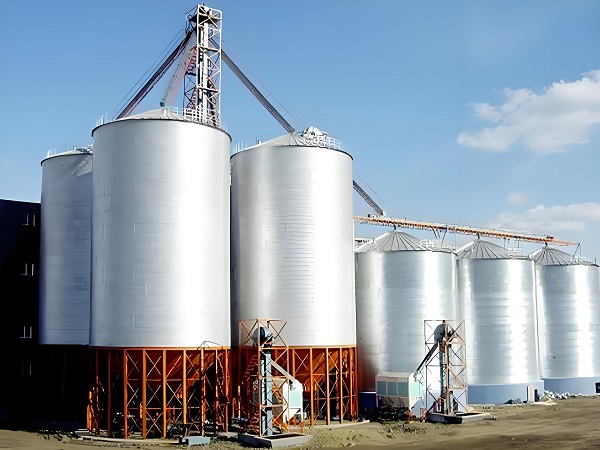
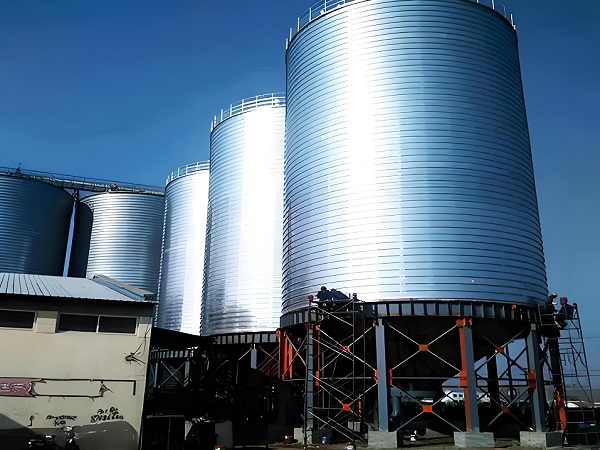
Analysis of Flat Grain silo Prices:
Flat grain silo price refer to a relatively stable state of grain silo price in the market over a certain period. This stability reflects the balance of grain supply and demand and market expectations. The appearance of flat grain silo price usually indicates a relatively stable grain market, unaffected by significant external shocks.
Factors Influencing Flat Grain silo Prices:
Global Production
The production levels in major grain-producing countries globally directly influence flat grain silo price. Adequate production often leads to price stability, while shortages or disaster-related impacts may result in significant price fluctuations.
Demand Trends
Global population growth, economic development levels, and changes in consumption habits all affect grain demand. A stable demand trend helps maintain the stability of flat grain silo prices.
Policy Factors
Government agricultural policies, trade policies, and environmental protection policies can influence the grain market, thereby affecting the formation of flat grain silo price.
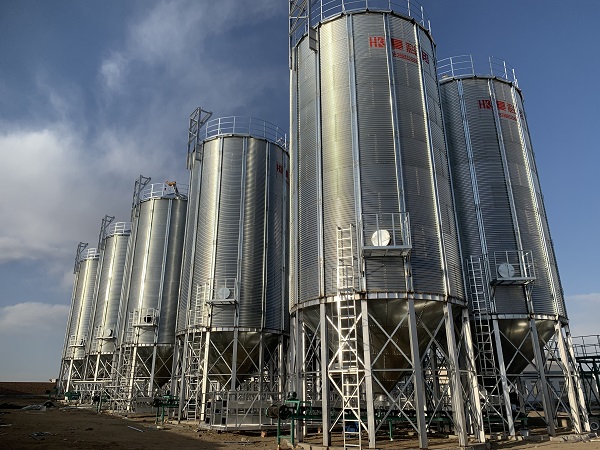
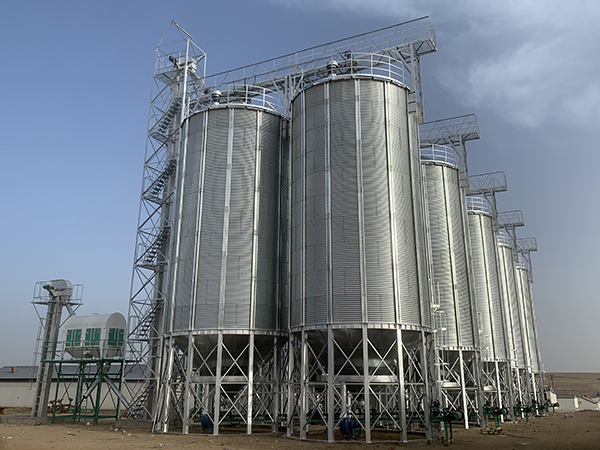
Impact of Geopolitics and Climate Change on Prices:
Geopolitical Risk
Geopolitical tensions, trade wars, and similar factors can create uncertainty in the grain market, potentially leading to fluctuations in flat grain silo price.
Climate Change
Climate change-induced extreme weather events (such as droughts, floods, etc.) affect grain production, thereby influencing the trends in flat grain silo prices.
Investor Strategies and Opportunities:
Long-term Investment
Investors who have faith in the long-term growth of the grain market may contemplate holding grain futures or related funds. This strategy anticipates stable growth in flat grain silo price.
Short-term Trading
For investors seeking short-term profits in a volatile market, trading within the range of flat grain silo prices presents opportunities to capitalize on price fluctuations.
Risk Management
Whether for long-term investment or short-term trading, effective risk management is crucial. Setting stop-loss points and diversifying investments can help mitigate investment risks.
Case Analysis:
Taking wheat as an example, wheat, as one of the major grains globally, its price fluctuations directly impact the stability of the global grain market. In recent years, stable growth in wheat production and sustained demand has contributed to maintaining relatively stable flat grain silo price.
Conclusion:
Flat grain silo prices serve as a critical assurance for the stable development of the grain market. They are influenced by various factors, including global grain supply and demand, geopolitics, and climate change. Investors should closely monitor these factors, formulate appropriate investment strategies, and control risks.
Future Outlook:
As the global grain market continues to develop and change, the stability of flat grain silo price will emerge as a crucial indicator for the grain industry’s progress. These prices will play a pivotal role in assessing the industry’s development trajectory. Investors need to continuously learn about market dynamics and adjust investment strategies timely. They also need to seize investment opportunities to cope with the ever-changing market environment.

